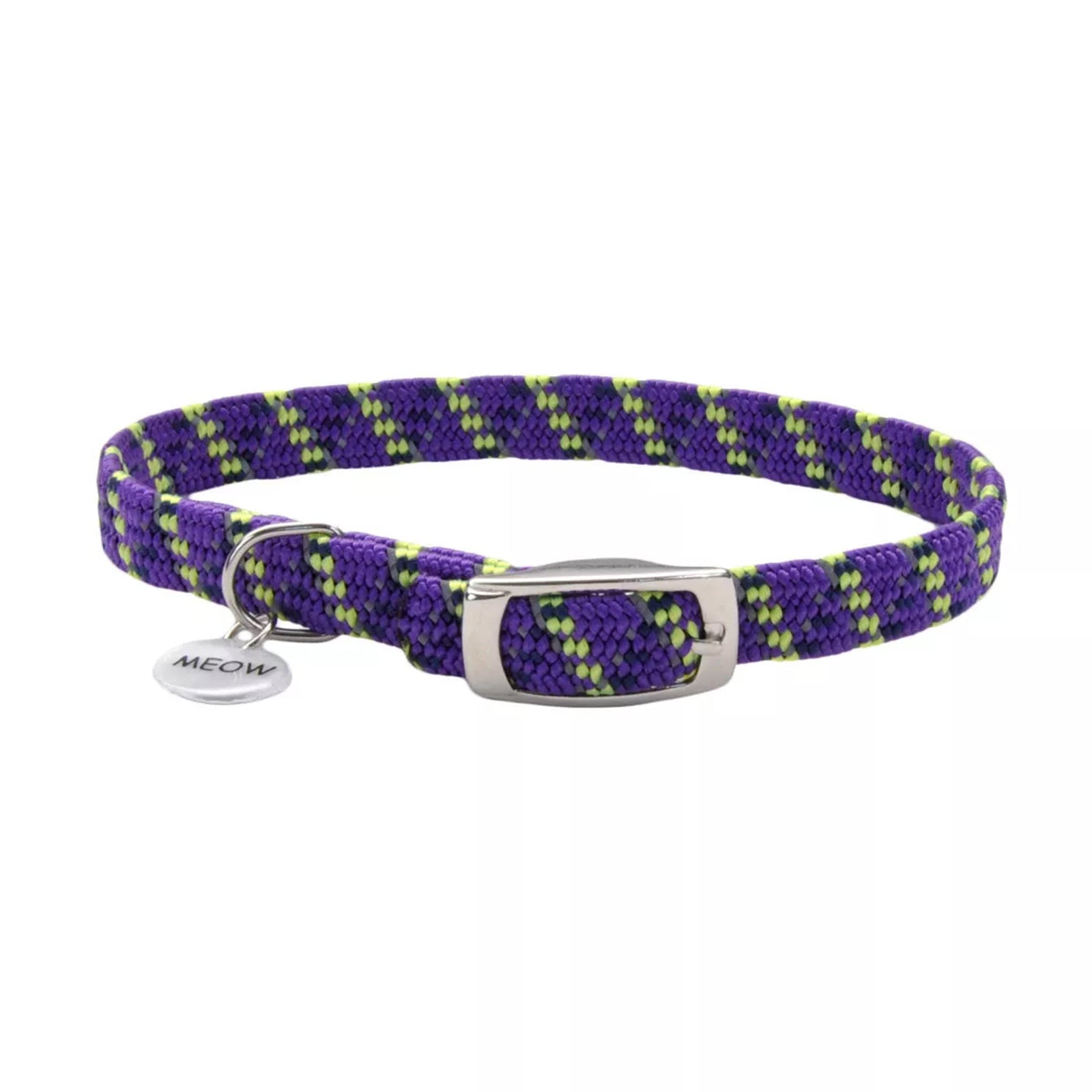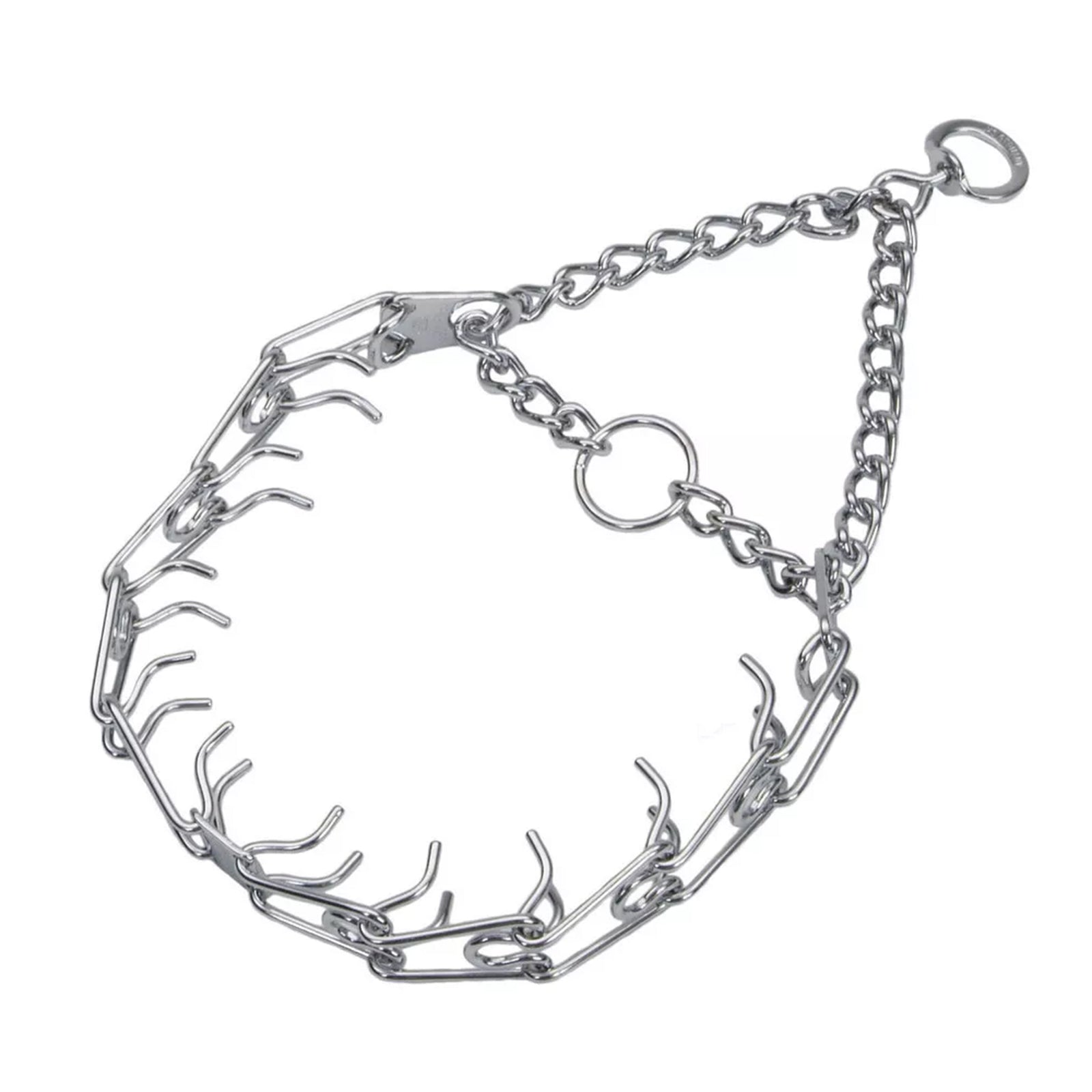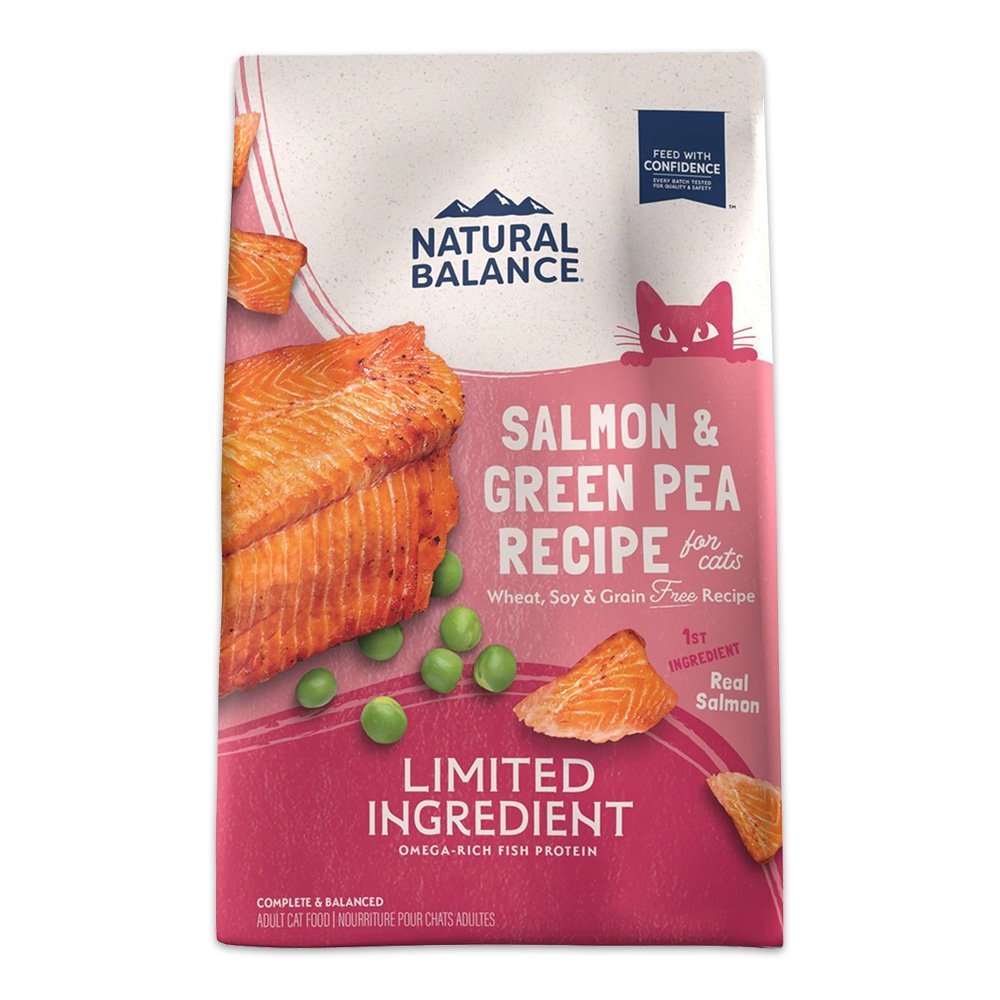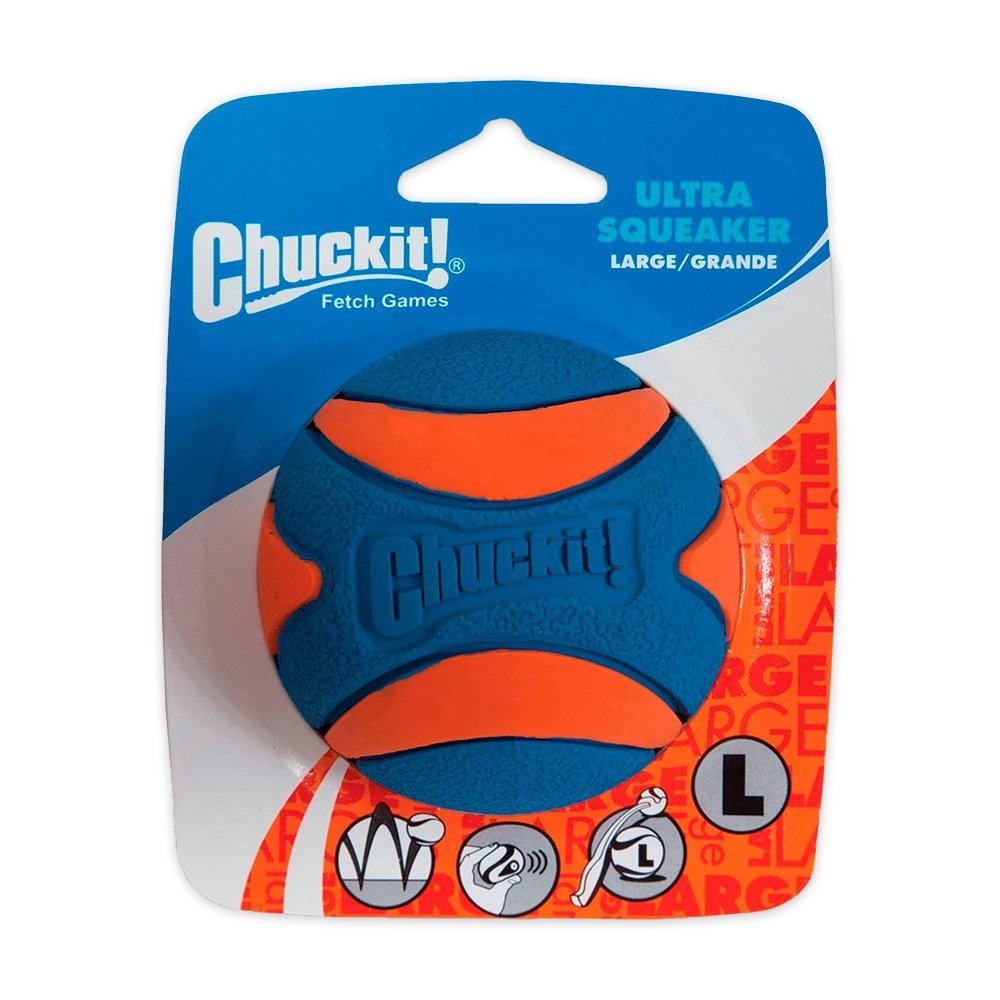In an ideal world, you wouldn't have to purchase it. But if your tank starts to leak, you may need to buy aquarium silicone. An older tank may have sealant cracking due to aging. Perhaps you want to build a custom aquarium and need a reliable way to join the glass panels.
What Is Silicone Sealant For Aquariums?
It is not harmful, but The strongest and safest adhesive and leak-tightness product is asi aquarium silicone sealant. Aquarium silicone is thoroughly water-resistant and is utilized in mounting and fixing glass structures. These silicones stick to glass flawlessly because they don't include any chemicals that could harm fish or plants. Aquarium silicone sealant is translucent, white, and black.
In addition to aquarium care, black aquarium silicone can be used to attach stones, plants, or other trimmings to the glass. Because of its transparency, silicone sealant prevents image disturbance in the aquarium.
How Should Silicone Sealant For Aquariums Be Used?
The tank should initially be absolutely empty, and the fish should be temporarily placed in a secure container. Any old and dried silicone that was applied to the surface must be scraped off without damaging the glass using a cutting instrument like a razor or knife. Cleaning the scraped surface with a towel dipped in detergent is advised. After cleaning, you must make sure the surface is arid. The application won't work on moist surfaces.
Put the aquarium silicone sealant in the application gun and use a sharp object to produce a small nick in the tube's nozzle. Apply the aquarium silicone evenly and carefully to the three glass edges, keeping the silicone at a 45-degree angle. Without wasting too much time, attach it to the glass that will be connected.
After the connecting process, press firmly with your hand on the glasses for a bit. Then, cover the upper and lower portions with masking tape. Within five minutes of applying the silicone, straighten it by pushing with a spatula or your finger to ensure that it has enough contact with the surface. This procedure will improve the sealant's look and adhesion.
A form of adhesive known as silicone sealant functions as a solid, elastic gel. Initially, it is a fluid paste, but it progressively hardens into a sealant after curing. It is renowned for its superb glass adhesion and outstanding resilience to aging and environmental impacts.
Don’t miss out on Aquatic Supplies & Décor
Adaptability to Water
Sadly, there is a lot of false and contradictory information online, which makes choosing an aquarium silicone difficult. It's not surprising that aquarists are careful because choosing the incorrect product can injure your fish and ruin the aquarium setup you've worked so hard to create. As a result, determining whether an aquarium silicone is appropriate for your tank should be your first consideration.
Size
Aquarium silicone is available in quantities ranging from 1 oz to 12 oz and beyond. If you already have a substantial tank or want to upgrade within the next 12 months, it might be more economical to buy a more oversized tube and an additional caulk gun.
Otherwise, keep in mind that silicone only needs modest application and does expire - the majority of products are only meant to be used for a short period, between 12 and 18 months. Pay attention to sizing and choose your squeeze tubes with a purpose in mind. Poorly made squeeze tubes can also result in clogged applicator tips and wasted product.
Read More:- 5 Easy Fish Aquarium Kit & Water Testing Tips for Summer Care
Color
Black or clear/transparent are your options. As silicone cannot be painted over, you should choose a color that complements the design of your aquarium the most. Notably, clear silicone can turn yellow over time due to discoloration. This is an expected outcome of continuous fluid exposure. Although there isn't much you can do about the water, choosing black silicone can assist you in avoiding this problem altogether. Just be wary of cheaper black sealants, as they are more likely to flake.
Let’s Explore the world of Tank Health and Water Quality
Adhesion
The amount of pressure that silicone can withstand without degrading is referred to as its tensile strength. More tensile strength is needed for larger tanks, and some manufacturers only recommend using them for tanks with capacities or dimensions below a specified number. When this is the case, our reviews make note of it. While some silicones are designed to join glass panels or seal significant leaks, others are better suited for modest, rapid fixes.
Your intended usage will ultimately determine the degree of adhesion you require. Our product reviews describe each item's unique adhesion properties, but you can also read our section on how to pick the best aquarium silicone for your requirements.
To Sum Up
According to our professionals, asi aquarium silicone sealant is by far the best aquarium adhesive and ought to be a mainstay in the toolkit of any aquarium keeper. The wrong product selection, though, can spell the end for your aquatic life. So be cautious. When choosing a product, use our guide to fill in any knowledge gaps, and if you only remember one thing, let it cure!
















